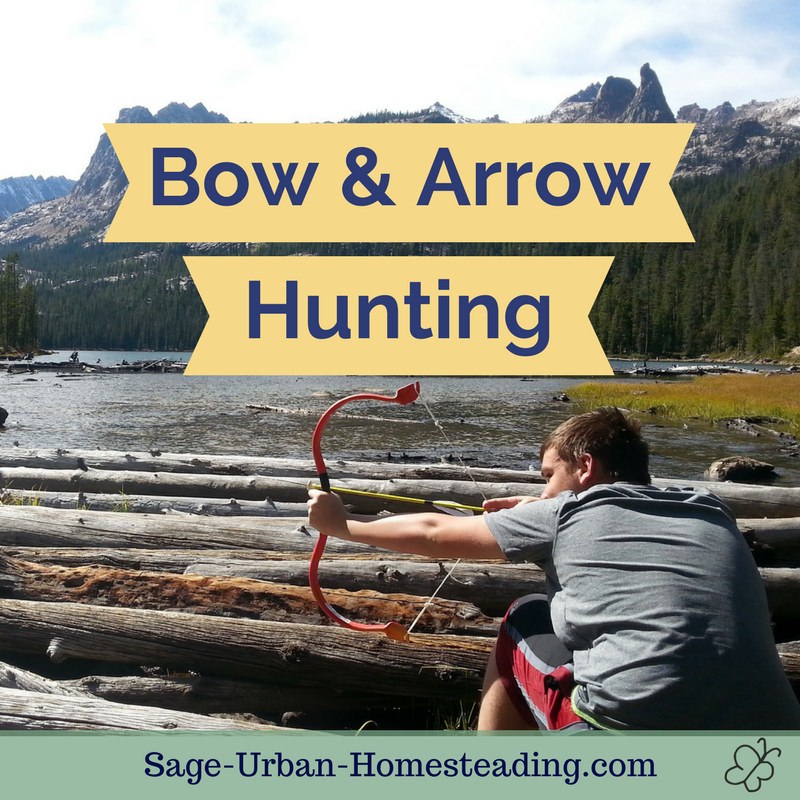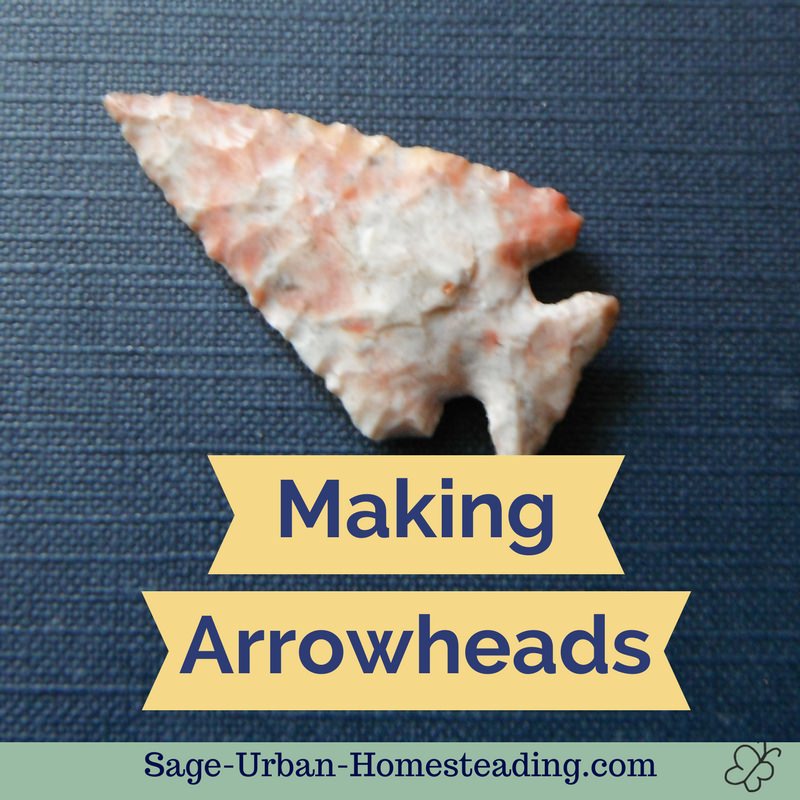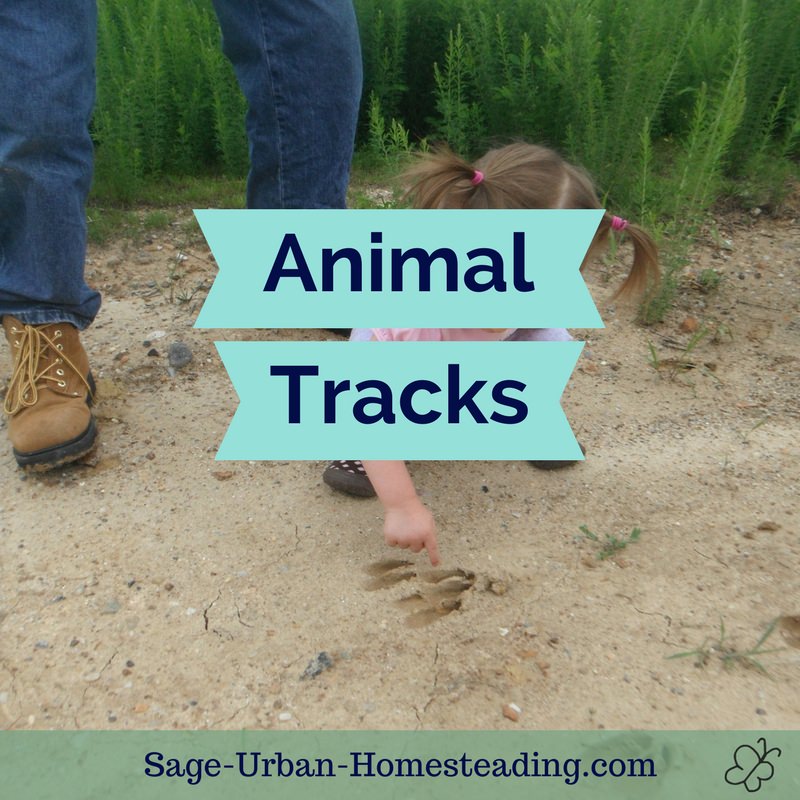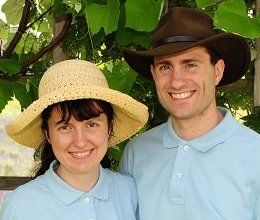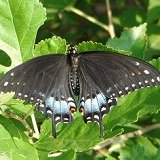FYI: I earn a small commission from some links and advertisements.
- Home
- Hunting
Bow and Arrow Hunting
I was surprised to learn that bow and arrow hunting is an extracurricular activity gaining in popularity with faster growth than competitive sports. I think it's good for children to learn observational skills and get in touch with nature.
Native children would have started playing with a toy bow from a young age and developed a lot of motor skill mastery and experience by the time they were ready to actually hunt. I remember reading about a game where you try to shoot an arrow through a rolling hoop.
It's also important to teach children and hunters of any age the responsibility of stewardship. Native hunters promoted a good habit for their food to grow. They did not take more than they needed, and they used all parts of the animals.
Good hunters know a lot about the animals they use such as how they live, and how they behave.
Making Hunting Bows
My husband practices the art of bow making and has been making hunting bows for several years.
Making Arrowheads by Flintknapping
Explore the art of flintknapping, which is the process of making arrowheads from stone or glass.
Tanning Hides
Learn about tanning hides and how the process of hide tanning turns an animal skin into buckskin.
Animal Tracks
Learn how to find animal tracks, what they reveal, and other clues to search for in the habitat. Having trouble with animal track identification? Share your photos here and see what you can identify!
Getting in touch with these ancient arts really helps to slow down the pace of life and make us appreciative of life.
Sharpen Your Bow and Arrow Hunting Skills
The best way to improve any skill is through deliberate practice. Take some time to regularly practice hitting a target. Study the behaviors and life cycles of the animals you intend to track.
If you want to take some classes for first-hand experience, I highly recommend the primitive skills courses offered by Primal-Knowledge!
